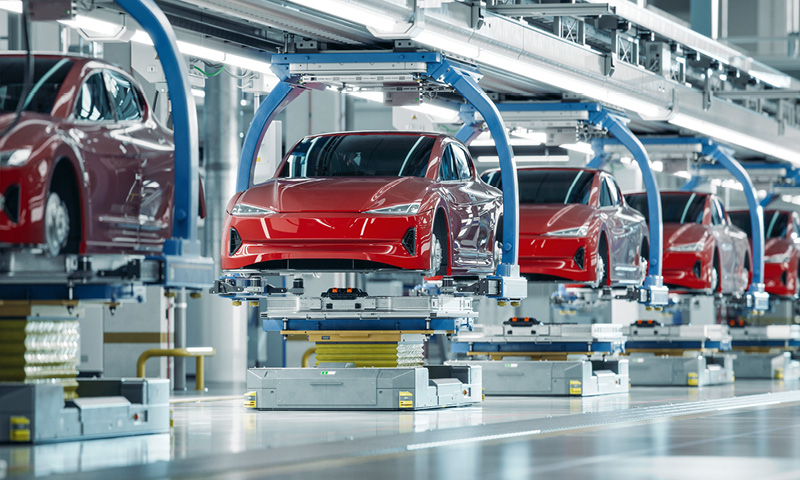01 November 2022
A large number of us will be paying more in taxes following the chancellor Jeremy Hunt’s Autumn Statement last week. However, many will not fully understand the consequences of the measures until later or truly appreciate what effective rate of tax they are set to pay on their income. The unexpected tax impact for some individuals could be incredibly punitive.
For an employee, the tax rate is complicated by national insurance contributions (NICs) and particularly employers’ NICs. Whilst the employer pays the employers’ NICs, it is naïve to think the employer does not factor that cost into what it can pay its employees. Put differently, if employers’ NICs were scrapped but income tax rates went up, would employers give big pay rises? They probably would.
So what is the marginal tax rate for a modestly paid employee on £25,000. A £1,000 increase in their employment cost would cost £121.27 in employers’ NIC leaving the employee with a pre-tax pay rise of £878.73. The employee would then pay tax at 20% and NICs at 12%; leaving them with £597.54 – an effective 40.25% tax rate on the employer’s gross salary cost.
How about the same person but on, say, £51,025 and with a student loan? Let’s imagine the individual also has six children – unusual but not unheard of. What would their marginal tax rate be? Again, a £1,000 increase in pay cost would be a pay rise of £878.73. From that, would be deducted 2% employees’ NIC, income tax at 40%, student loan at 9% and high income child benefit charge at 48.91%. The £1,000 increase in pay cost would leave them with 80 pence – a tax rate of 99.92%!
Meanwhile, an individual with rental income of £1 million would pay a marginal tax rate of 45%.
Someone starting in business and wanting the benefit of limited liability will often use a company. In many cases, it will be possible for them to set up a limited liability partnership instead. LLP members are normally taxed on a self-employed basis meaning no employers’ NICs are due on their pay. This can mean they incur an effective overall tax rate of between 6% and 11% less than an employee. It is worth remembering that, when Philip Hammond was chancellor, he attempted to increase the NICs for self-employed individuals before he rapidly backed down under pressure from self-employed ‘white van men’.
The approach of chancellors for many years has left us with a ludicrously complex tax system which is all but impossible to understand. Meanwhile there are numerous clear inequities. Is it not time there was a major rethink?









